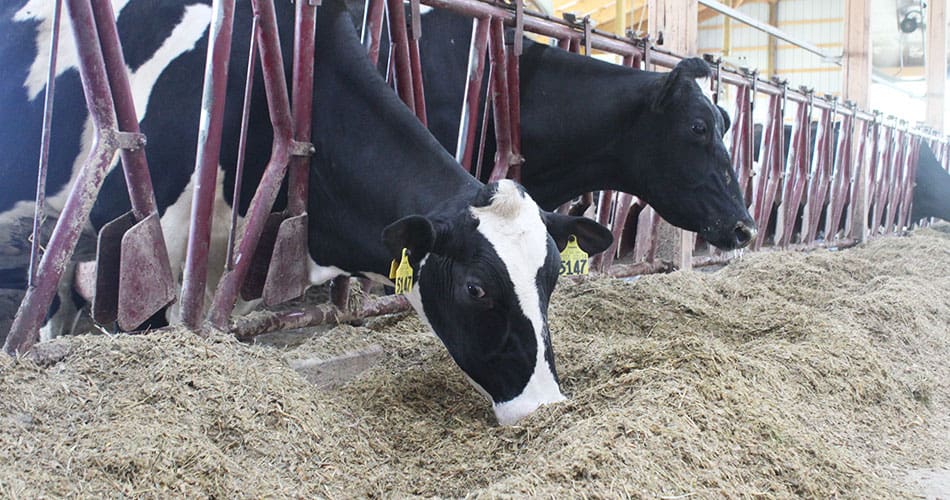Paul Keener
Dairy farmer from Jeromesville, Ohio
Paul Keener is a third-generation dairy farmer in Jeromesville, Ohio. He milks 1,000 Holstein cows and farms 380 acres of crops.
What are the challenges of being a dairy farmer?
Dairy farming is not for everyone; it’s definitely a very challenging lifestyle. Cows are right up there at the top of your family. It goes family and then cows. You have to be there for them because no one else will. At the end of the day, if you take care of the cows, the cows will take care of you.
How did you keep cow health and comfort in mind when building your barns?
The most important thing about running this farm is keeping the cows healthy. At the end of the day, if you take care of the cows, the cows will take care of us. When you’re building a barn for a cow, you try to design the optimal environment for that cow so she has the least amount of stress on her as possible. Every single detail is taken into consideration—anywhere from the height at which the cow is eating to pen size. We have a flush barn that cleans the alleys in the barn every four hours so cows are always living in a clean environment.
During the winter months, we’re able to close the curtains on the barn so we can regulate the temperature. We have fans and misters when it’s warmer out to cool the cows down. We try to make everything cow-optimal.
How do you decide what to feed your cows?
We try to make the perfect diet for them, we want it to be the same every day. We raise our own corn silage and ryelage, but other than that we try to buy the best quality feed for these animals so they’re healthy. When we formulate their diet, we try to consider every requirement that each animal needs, from cow health to milk production. We work with a nutritionist who’s also a veterinarian, and he formulates rations to best fit each cow. For example, a dry cow that’s getting ready to have a baby is fed a completely different diet from a cow that has just calved and has a lot of energy requirements, so we balance every group’s diet to fit their needs.

How do you reuse and recycle resources on your farm?
We reclaim about 95% of sand that we use for bedding and the water that we use to flush the barns comes from our manure lagoon. Then, our manure is used on our corn and rye fields as nutrients for the crops. The cows eat the feed, we use the manure to fertilize, and they eat the feed again, it’s just a continuous cycle.
We also recycle our plate cooler water. Our milk is initially cooled from the cow’s temperature down to about 60-65 degrees using well water, and the water that is used to cool the milk is then given to the cows for their drinking water. We try to use all the efficiencies we can. Anytime you can use less energy to do something, there is some sort of payback to it.
Learn more about Paul or meet more Ohio and West Virginia dairy farmers.

